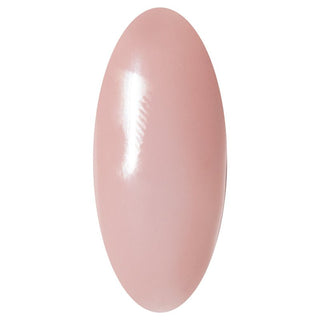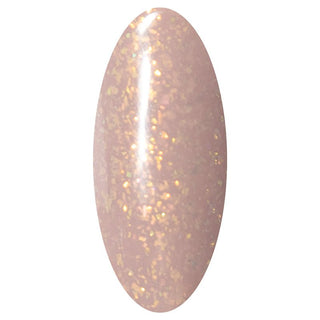Nail art brushes
There are many different types of nail art brushes and they all have their own function. But which brush do I use for what and how can I best maintain my brushes? Read on quickly.

The different types of nail art brushes
The LAKKIE brush set consists of 5 double-sided brushes. The set consists of the following brushes:
Liner brushes
- 5mm liner brush
- 7mm liner brush
- 9mm liner brush
- 11mm liner brush
- 15mm liner brush
- 20mm liner brush
With the liner brushes you can make the most beautiful creations on nails. You can make beautiful drawings such as swirls, animal prints or of course draw the nicest cartoons. With the somewhat longer liner brushes you can make longer and more flowing lines.
Flat brush
With the flat brush you can make long flowing strokes on the nail. And this brush is also handy for mixing gel polish colors.
Ombre brush
With this brush you can create a beautiful ombre effect on your nails. The two different lengths of hair ensure that you can create an even color transition. And of course this brush is perfect for creating a baby boom.
3D brush
Is ideal for making 3d nail art with acrylic. You can easily apply and model it.
Filbert brush
With the filbert brush you can easily apply all types of nail gel/paint. You can also easily model acrylic with it.
What is the best way to clean and maintain my brushes?
- The most important tip, do not use removers or acetone. This will damage the hairs of the brush, dry it out, the hairs will also spread out and it certainly does not promote the lifespan of the brush.
- When you have used the brushes with gel polish, it is best to clean them with a colorless base coat or top coat. Put some colorless gel on a cloth or paper and rub your brush in it until it is completely clean. What is also very important afterwards is to store the brushes with the cap on. Avoid sun or UV light, because your brushes can harden through this.
- If you have used the brushes with acrylic, it is best to clean them in acrylic fluid (momomer). Let the brush soak in the fluid for a while and wipe it clean with a cloth. If there are still some residues, you can loosen them with a dotting tool. Then you have to soak the brush in acrylic fluid again, and repeat this process until the brush is clean.







